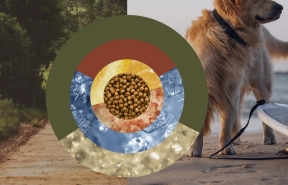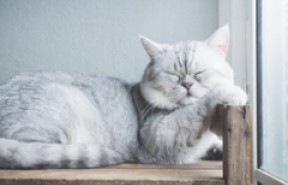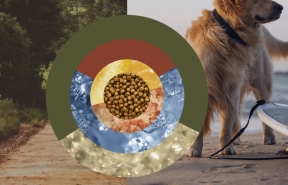In the wild, cats are mostly solitary, they rarely meet with other cats. However, they still need ways to communicate effectively with each other. Urine marking, or spraying, is one clever they can exchange information.
Communication
In the wild, cats are mostly solitary, they rarely meet with other cats. However, they still need ways to communicate effectively with each other, such as to establish territory or indicate a willingness to mate. Cats also try to avoid conflict.
One communication method they use is via a system of scent-based ‘signposts’ using urine marking or spraying.
Your kitten or cat may display urine marking behaviour too, and what's more, these signposts are continually refreshed to keep them up to date.
Spraying or a litter tray problem?
It’s important to work out if your cat is urine marking or having an issue with using their litter tray. Remember that cats who urine mark will also urinate in their litter trays. However, there are some clues to look for to help you work out what’s going on.
Vertical surfaces
Urine marking usually occurs on vertical surfaces. A cat about to spray tends to back up to a vertical object such as a wall and displays an erect body posture with tail pointing straight up in the air. Urine is then sprayed onto the vertical surface. It’s not uncommon to see the cat’s tail and even their whole body twitch while they’re spraying.
Volume
The amount of urine that a cat releases for marking purposes is usually less than the amount they void when urinating in their litter tray.
Smell
As marking is a form of communication for cats, sprayed urine is particularly strong smelling. This is because it contains chemicals including pheromones that help to convey additional information.

What should I do if my cat is spraying?
In some cases, urine marking can be a sign that your kitten or cat is feeling insecure, perhaps believing their territory is under threat. If you’re having to deal with unwanted wee, don’t worry – there are lots of things you can do to help prevent it:
• Have your cat desexed to reduce their desire to urine mark. Desexed cats of either gender can still spray, but entire male cats tend to do it the most
• Avoid using ammonia and chlorine cleaners as these smell similar to cat urine and may actually encourage marking behaviour
• Try not to clean up the wee while your cat is around as disrupting the scent might make them more stressed
• Clean the affected area with a 10% solution of biological washing powder, and spray it with an alcohol such as surgical spirit
• Soon after you’ve cleaned the area, encourage your cat to play there as this will help them feel more secure
If the problem continues, talk to your veterinarian for further advice.













